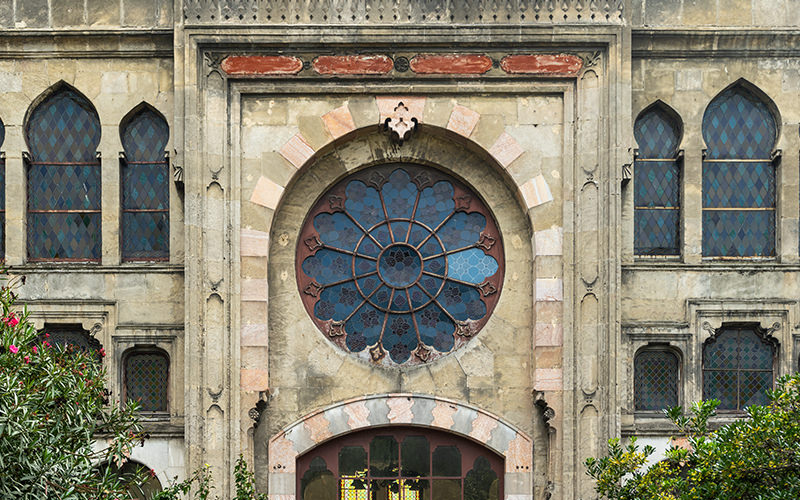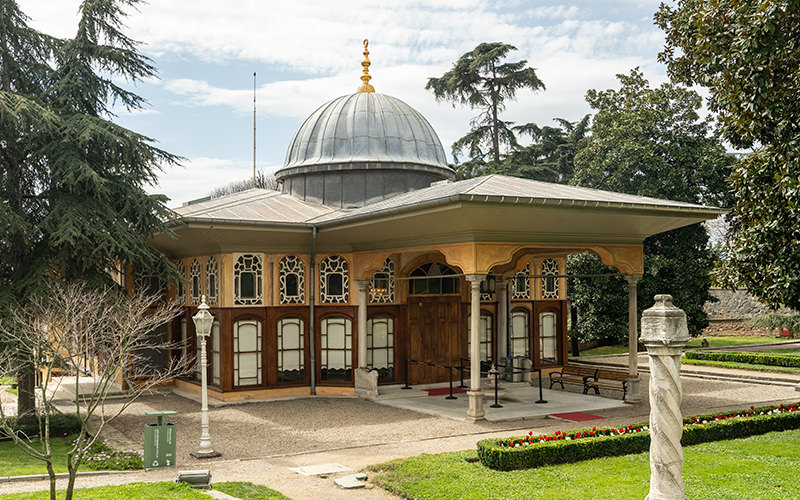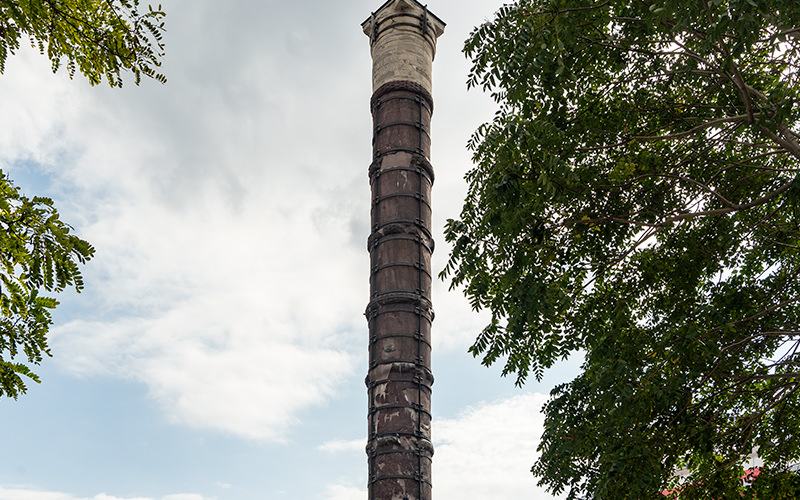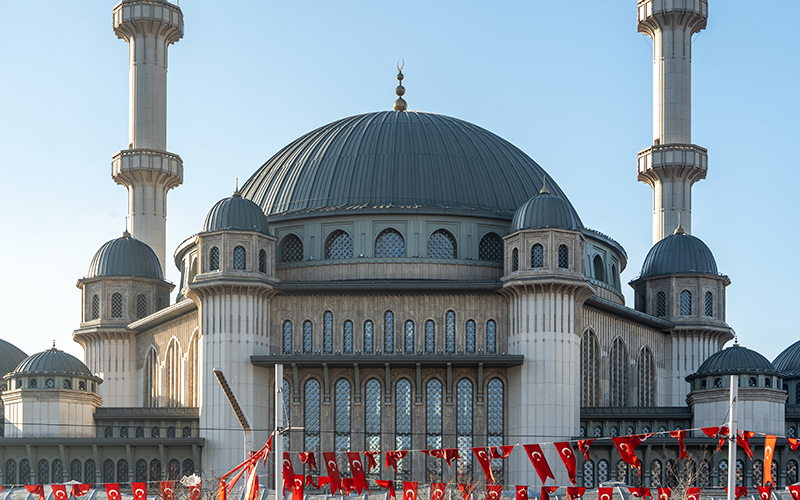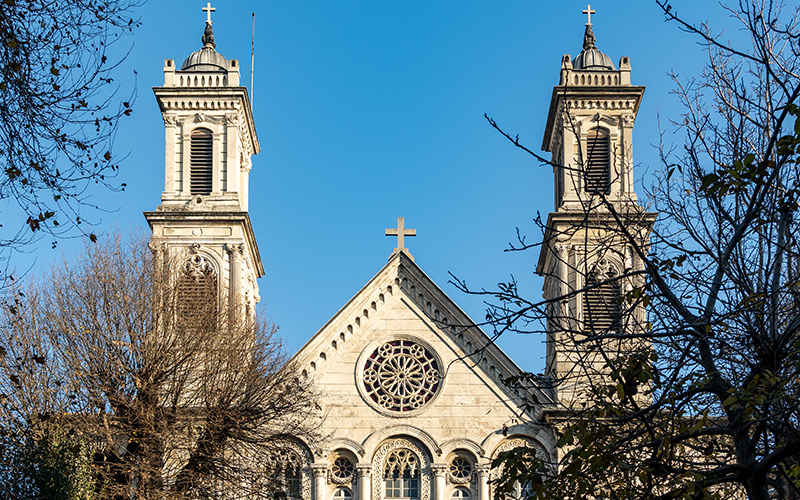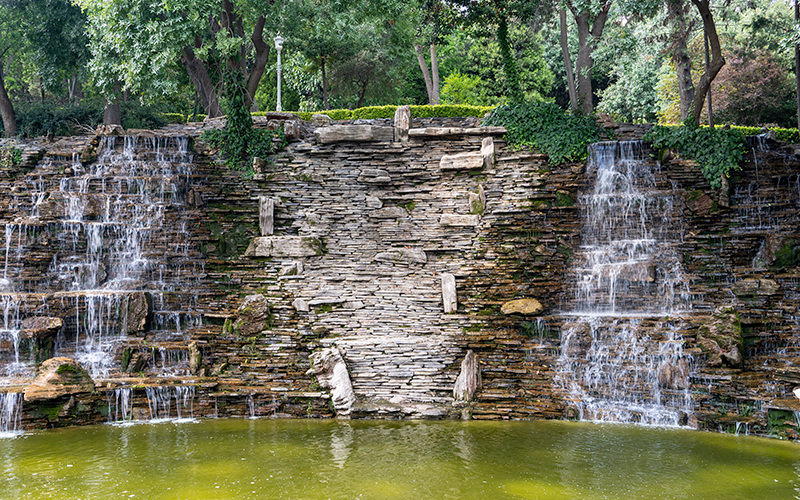Dolmabahce Palace is one of Istanbul’s landmarks seen by almost every traveler who visits this fascinating city. Visitors to Dolmabahce can combine a stroll through its cozy gardens with a tour of the magnificent interiors of the palace’s grand halls.
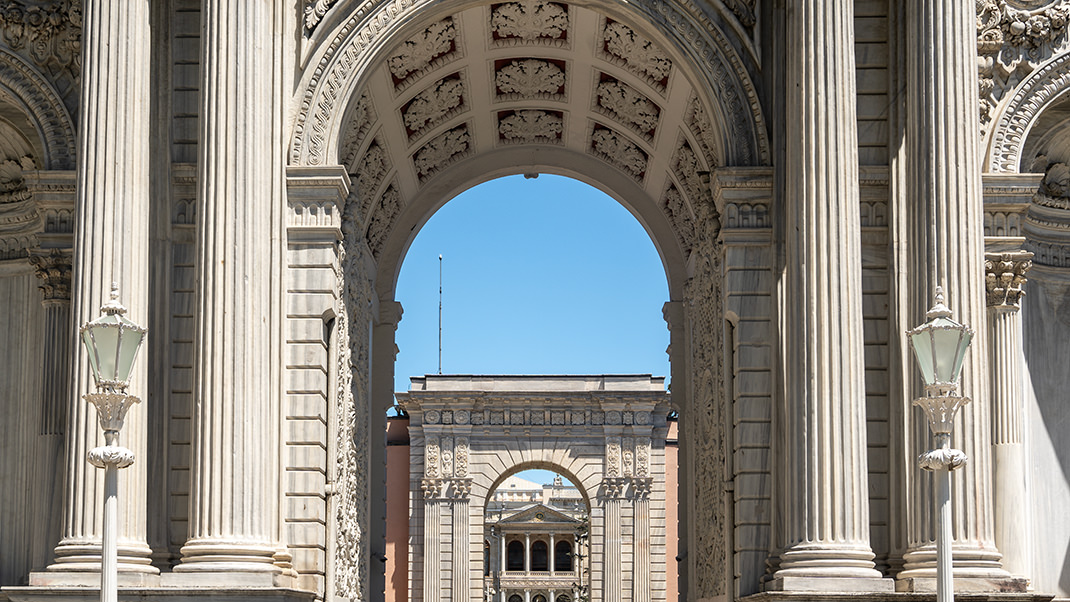
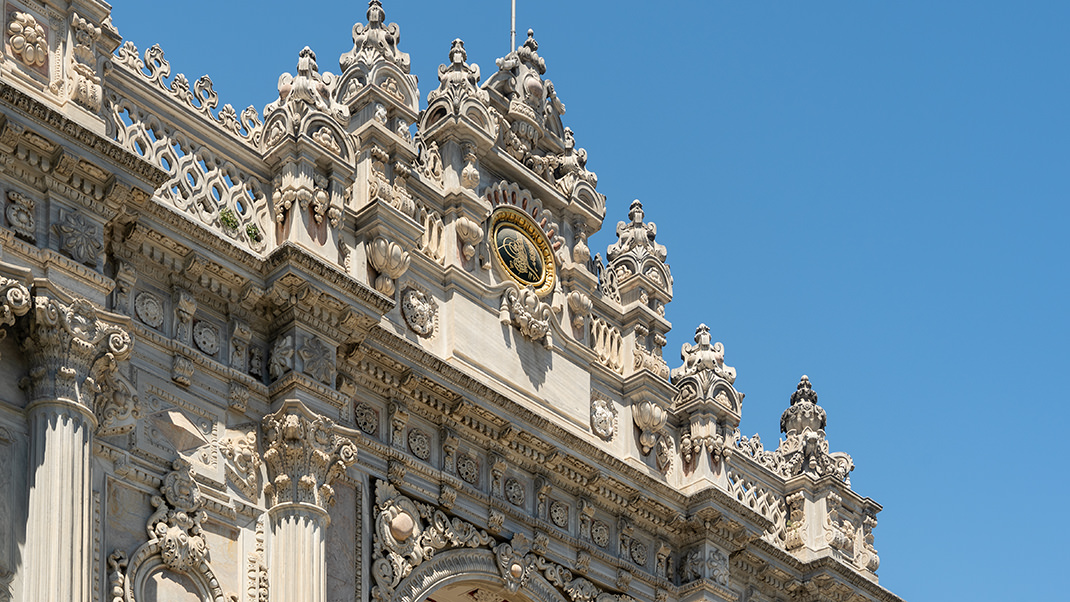
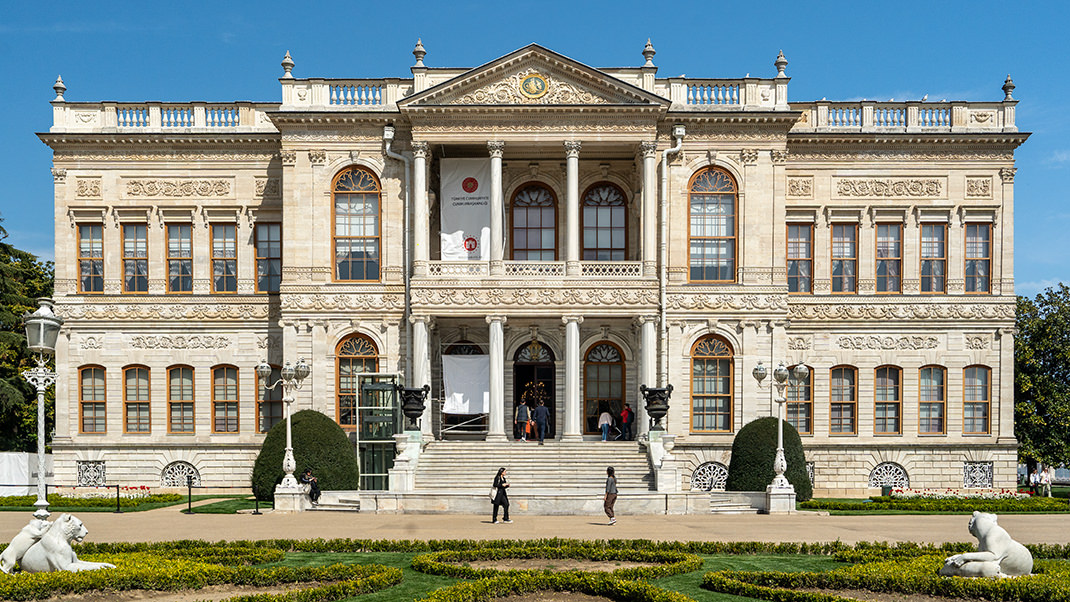
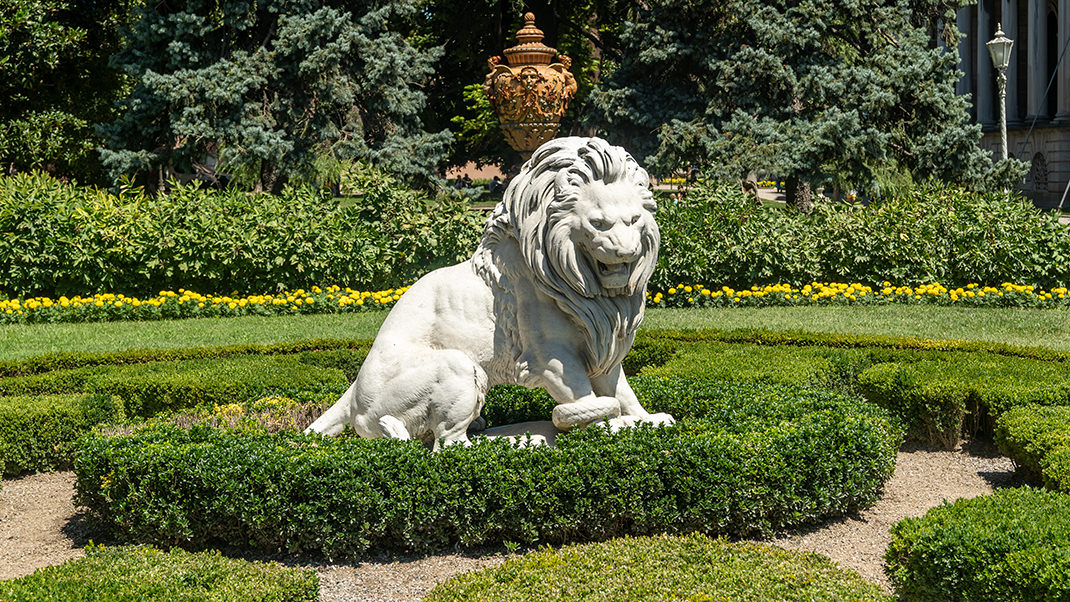
Dolmabahce: The History of the Palace Complex
In the past, the site where Dolmabahce Palace now stands was a bay used for various ceremonies. Over time, this area turned into a swamp, and in the 17th century, the bay began to be filled in. It was around this time that the area became known as Dolmabahce, which translates as “the filled-in garden.”
Dolmabahce was built on the site of an old palace complex with a main wooden building and gardens. Construction of the modern residence took place between 1843 and 1856. The design of the complex was created by architects Garabet and Nigogos Balyan, with the interiors decorated by a master from France. The patron of the construction was Sultan Abdulmejid I.
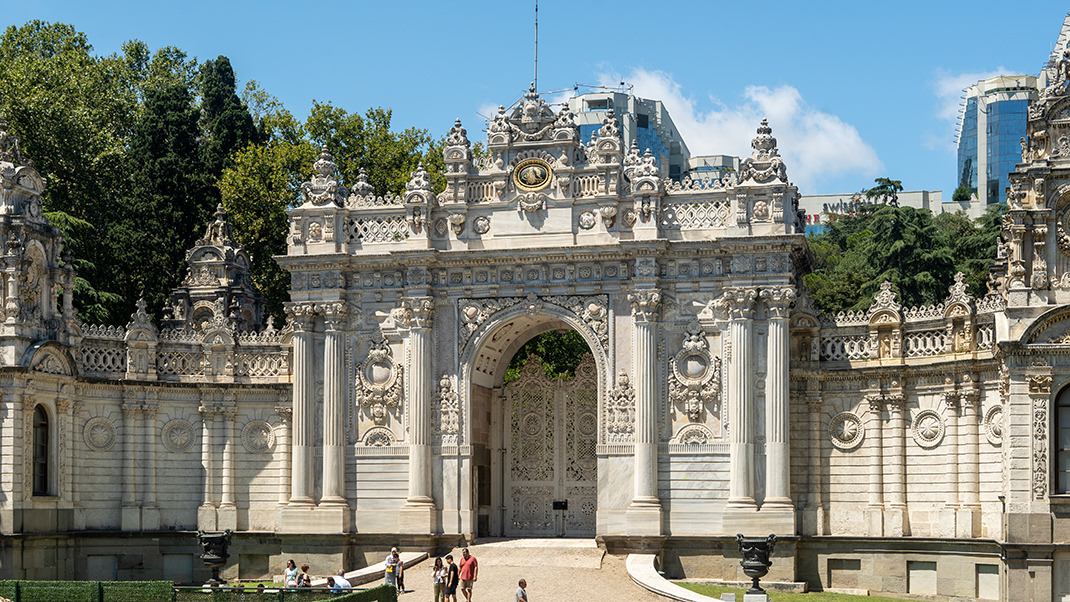
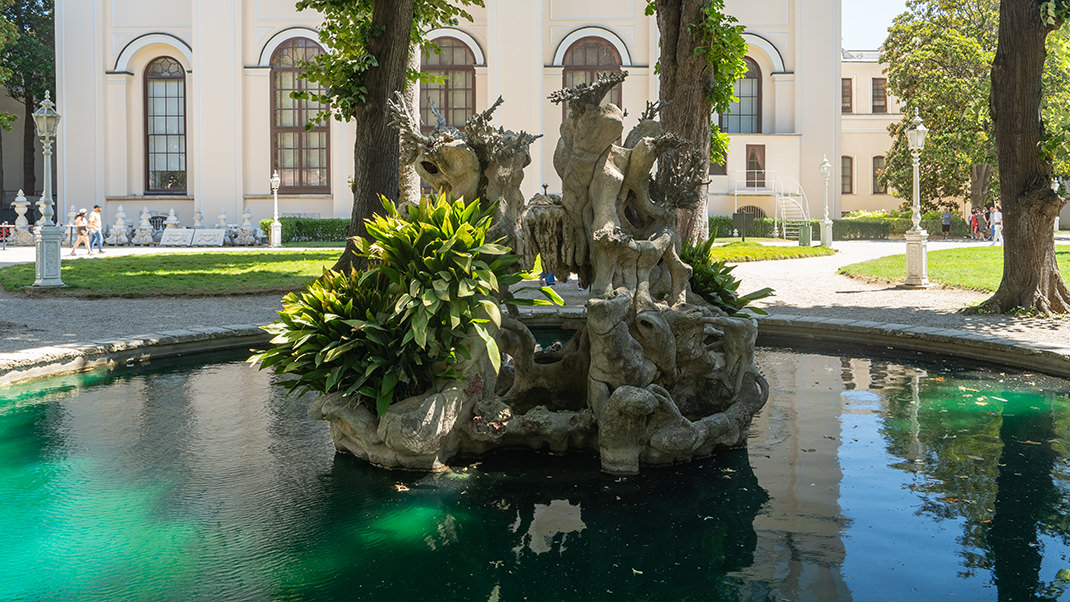
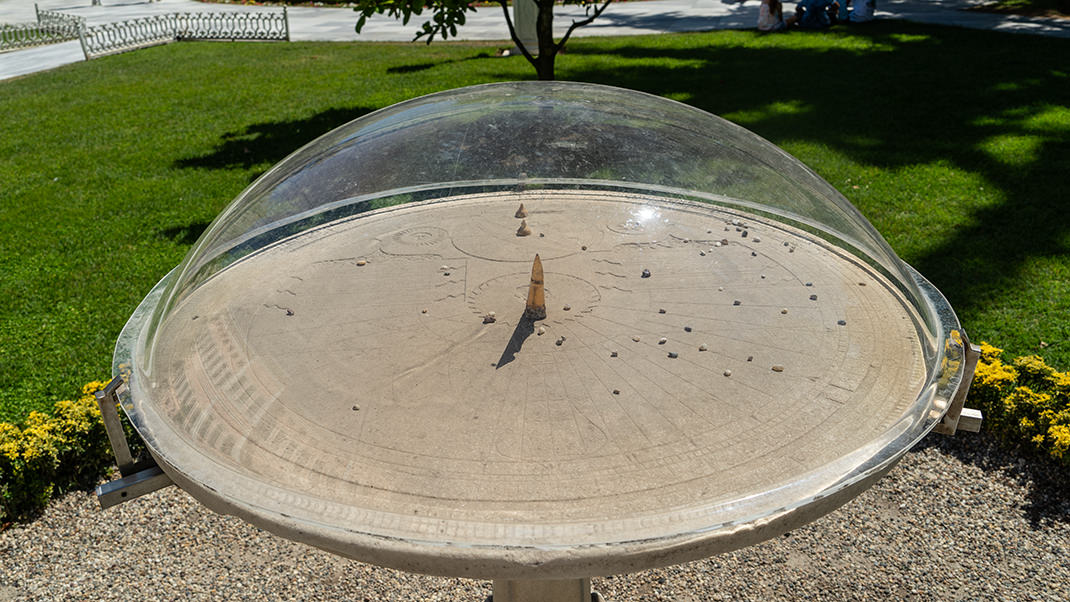
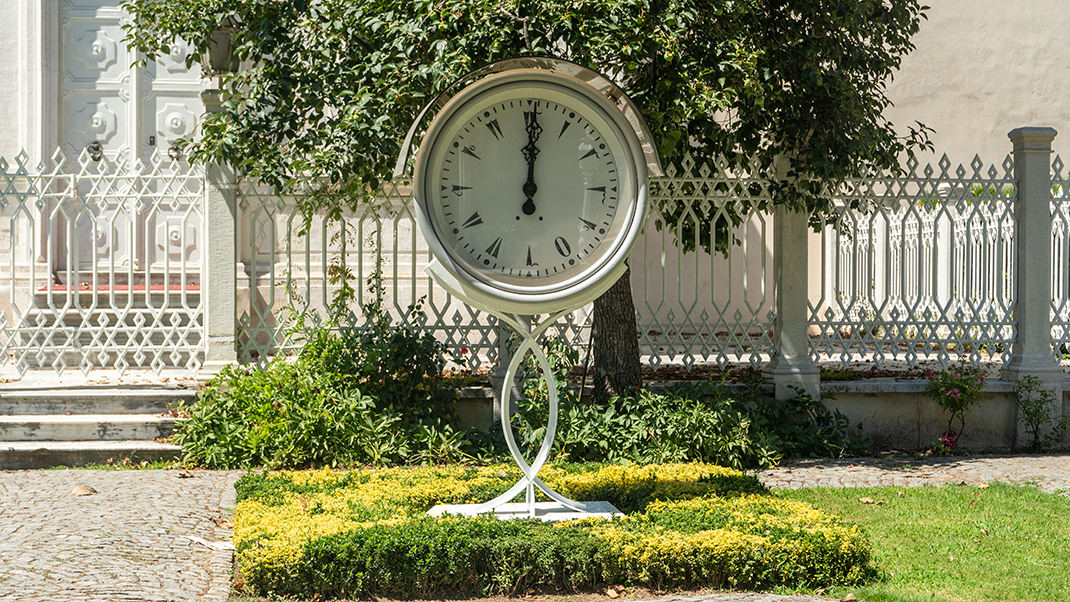
I have read that the choice of location for Dolmabahce’s construction was intentional: Sultan Abdulmejid I wanted to break away from the past, so he commissioned the building of the new residence far from the Topkapi Palace. The two complexes also differ in their structure: while Topkapi is a series of separate buildings, Dolmabahce features a clearly defined central building.
In addition to the palace building itself, the Dolmabahce ensemble includes several gardens, pavilions, and gates. At the western entrance to the complex stands the 27-meter Clock Tower, and nearby is the Dolmabahce Mosque. The eastern part of the complex houses the Painting Museum, which holds several paintings by Ivan Aivazovsky.
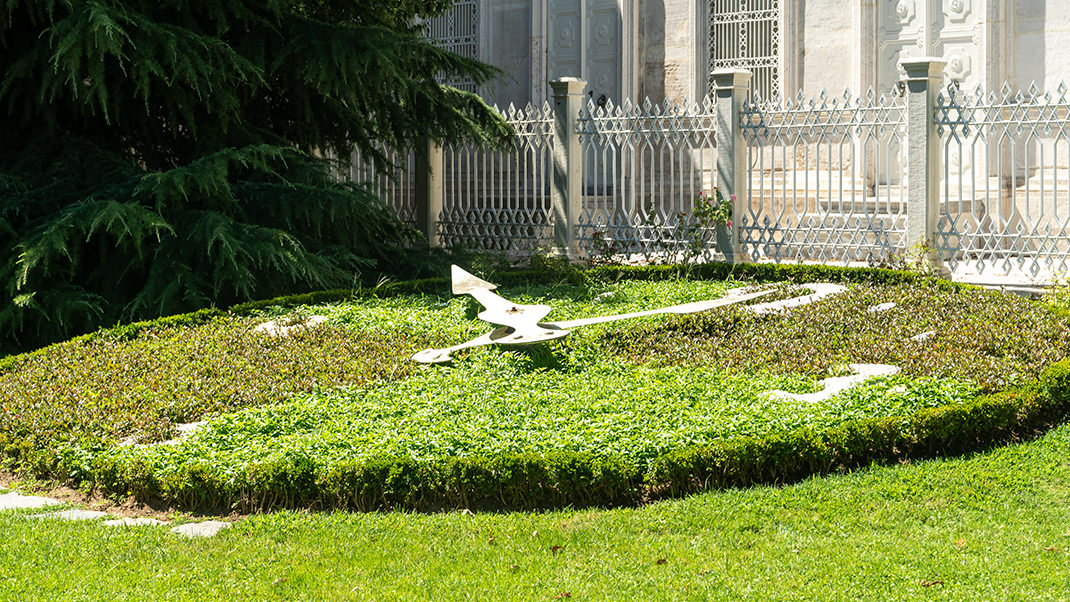



The palace interiors impress visitors with their opulent decor— I would describe them as ornate. At the time of its construction, the palace had 285 rooms, 43 halls, and 6 bathrooms. The throne room in Dolmabahce is considered the largest of its kind in the world. The rooms of the residence are divided into three sections: the men’s quarters, the ceremonial hall, and the rooms for the sultan’s family.
The last six Ottoman sultans lived in Dolmabahce. The palace is also famous for being the place where Mustafa Kemal Atatürk passed away on November 10, 1938. There is a memorial room dedicated to him in the palace.
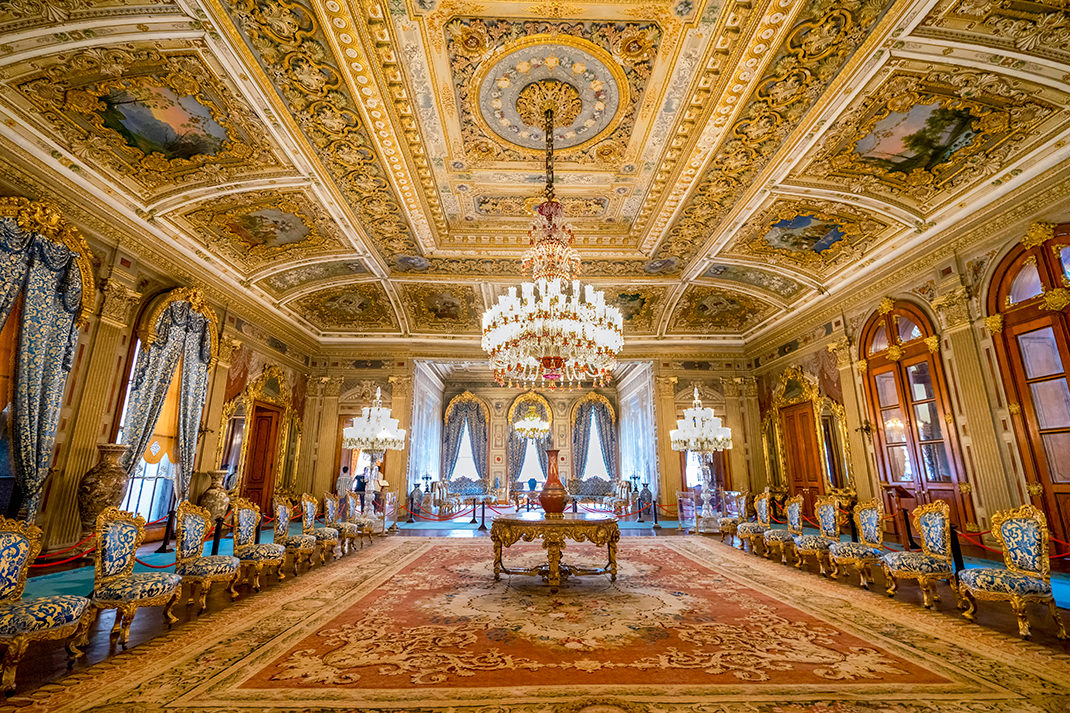
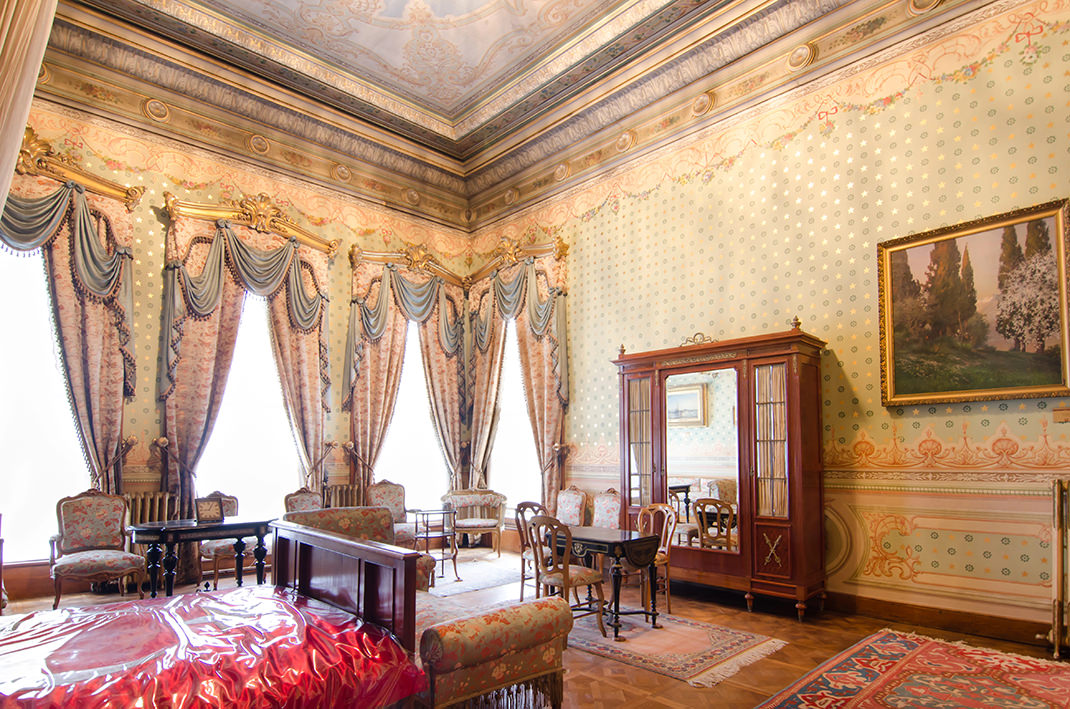
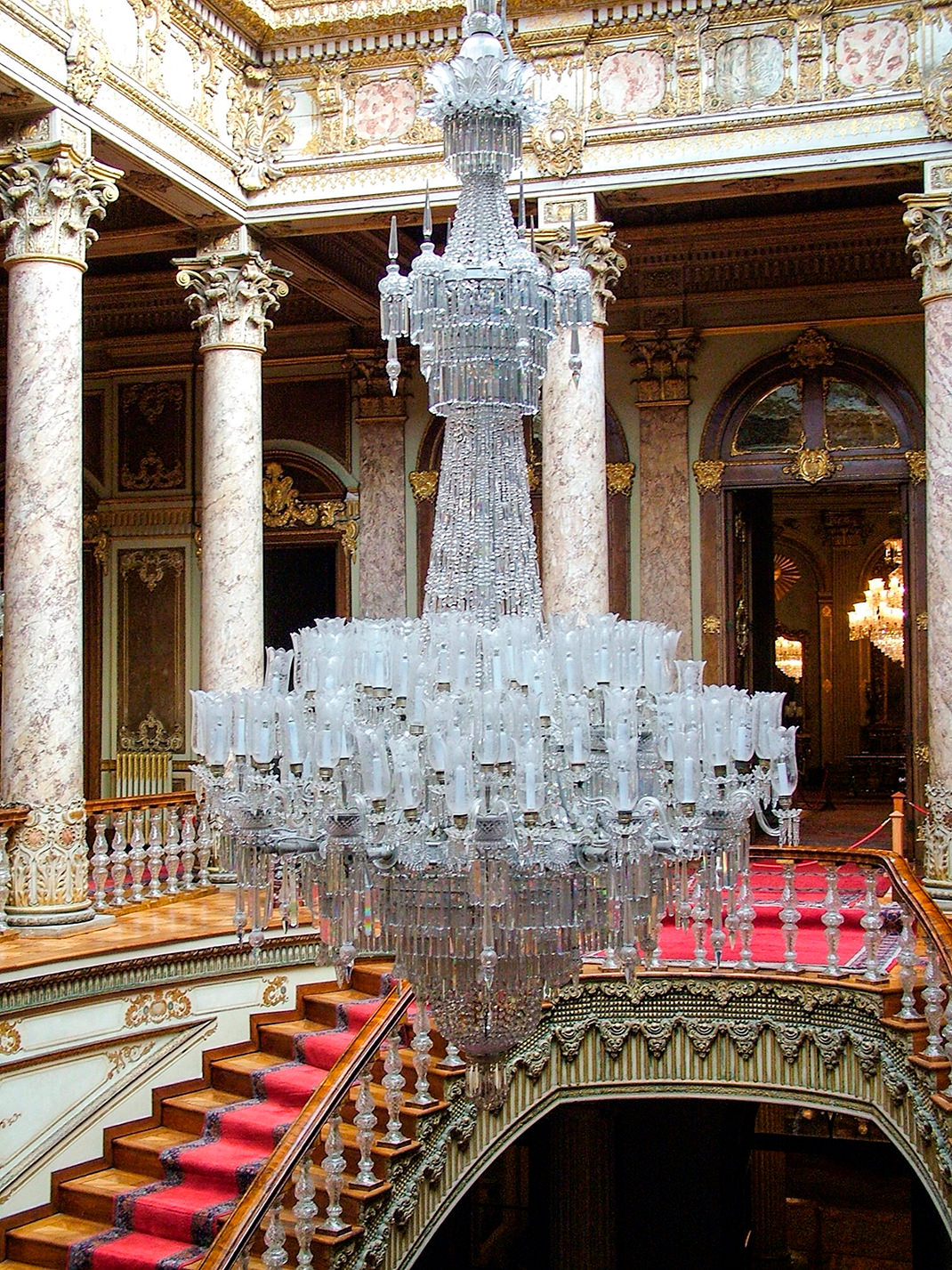
Dolmabahce Palace: How to Get There
I have visited the palace many times and each time I arrived by tram, which is the most convenient way to reach the palace by public transport. The entrance to the complex is a five-minute walk from the Kabataş metro station.
As of November 2024, the entrance fee to the palace is 1,200 lira. Travelers can also purchase combination tickets that allow access to multiple city attractions.
It is important to note that photography is strictly prohibited inside Dolmabahce, and guards closely monitor tourists to ensure that no photos are taken, even with phones.
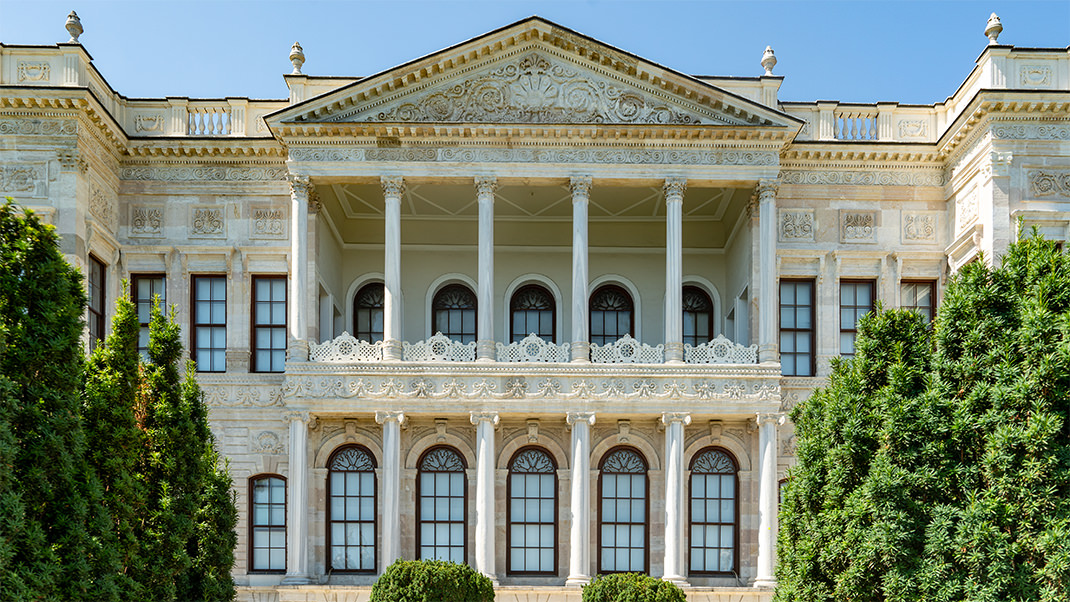
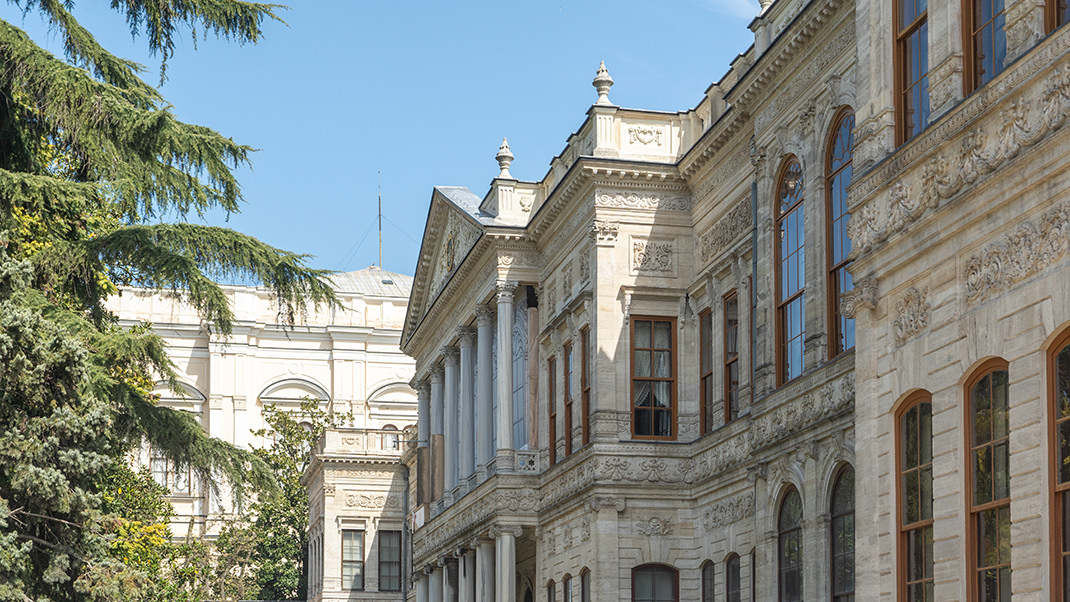
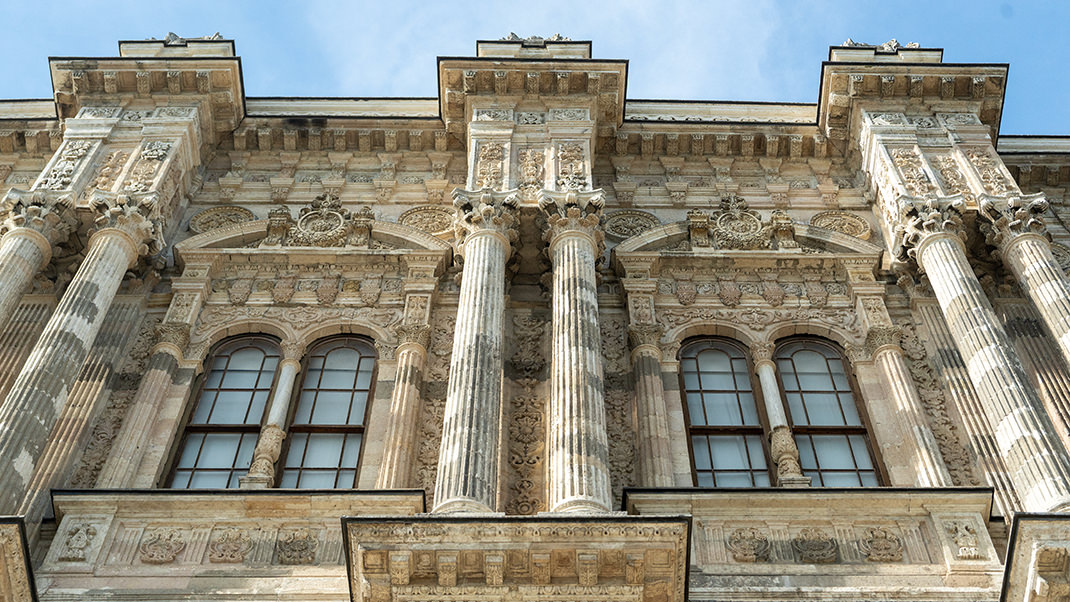
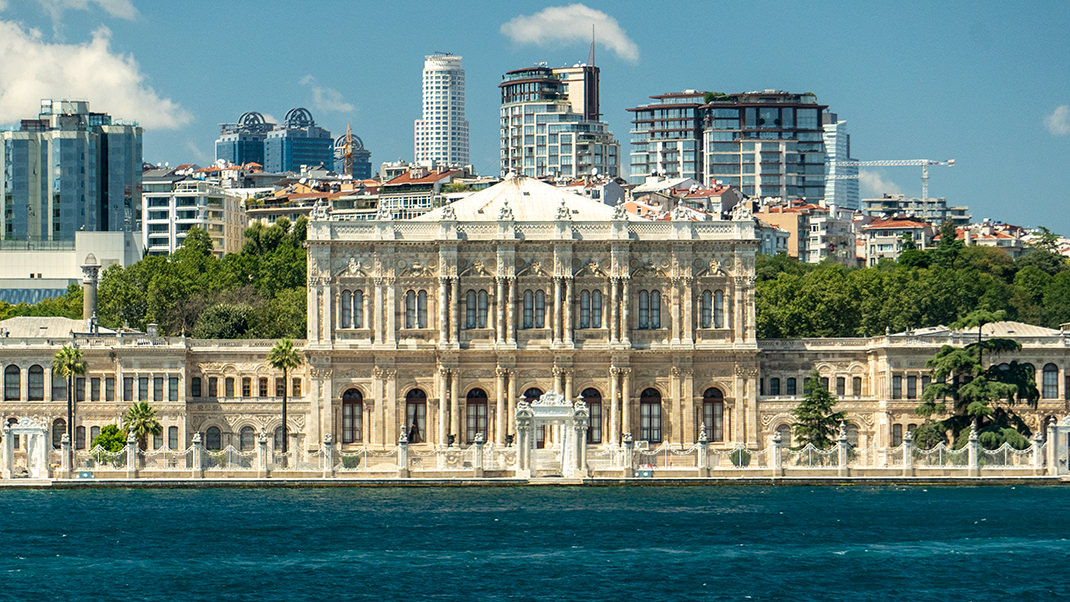
After exploring the palace, you can take a walk towards the Golden Horn. In this part of the city is Galataport, a modern promenade with stunning views of the Bosphorus.
Have a nice trip!


